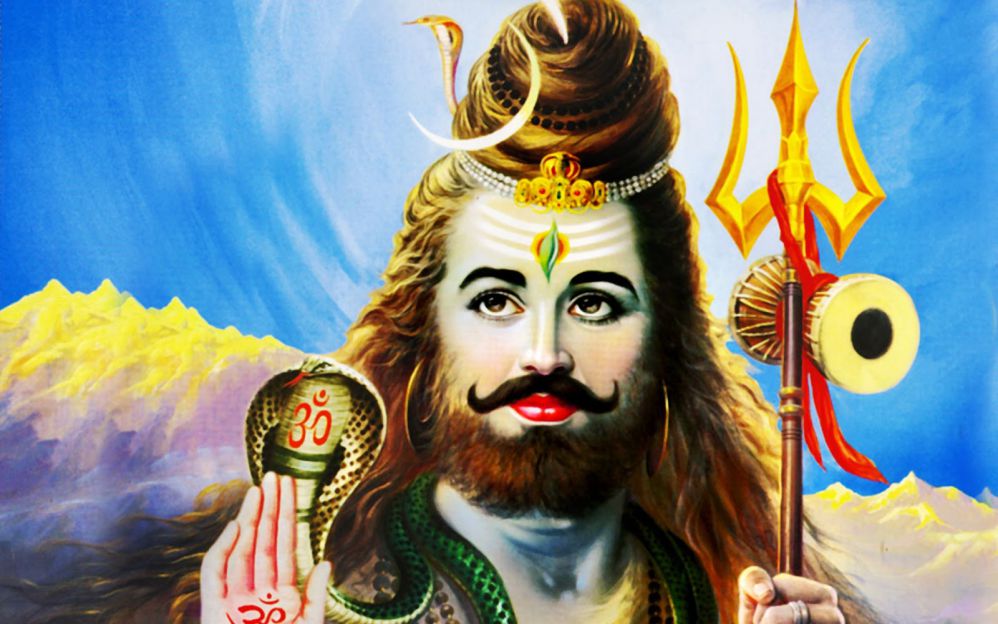No products in the cart.
The Ganas (categories) are the host of spooks, hobgoblins and spirits who accompany Shiva. Some are said to dwell with him on Mount Kailasa, whilst the more fearsome and terrifying Ganas are confined to the cremation grounds. It is told that Uma once asked Lord Shiva why he liked to reside in cremation grounds, which were the abode of demons, jackals, corpses and vultures, when he had so many more beautiful places. Maheshwara replied that he had roamed the world, looking for a pure place to meditate in. Unable to find one, he, out of anger and frustration, created the terrible pishachas, flesh-eating ghouls and terrible rakshasas, intent on killing people. Out of compassion however, he kept this terrible horde in the cremation ground. As he did not want to live without the bhutas and ganas, he chose to live in a cemetery. When the ghosts stayed with him, they caused no harm.
The presence of the terrible Ganas also acted as an honor guard to Shiva and a bar to the impure. Those who feared the awful ghosts and goblins were destined to remain outsiders. Only heroes could be near him in the cremation ground, heroes who had defied death and liberated themselves from passions and fear. These were the true devotees – those who had nothing to fear, who had mastered the onslaught of the multiple categories of threatening powers that were fatal to those who were less than heroes and could not control the frightening phantoms because they had not controlled themselves.
Lord Shiva as BhutaNath
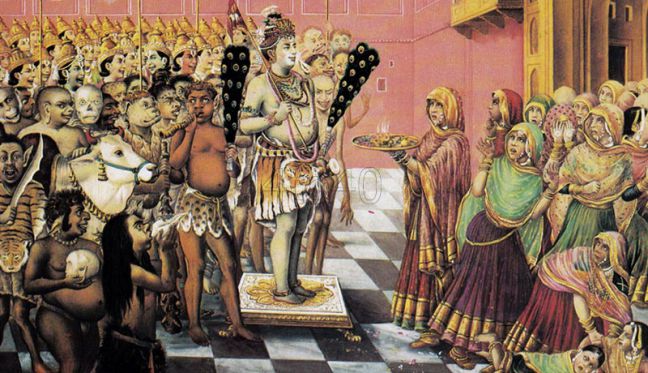
Lord Shiva is called the Bhuta-Nath, being assisted by various types of powerful ghosts and denizens of the inferno–Bhutas, Pretas, Pramathas, Guhyakas, Dakinis, Pisacas, Kushmanda, Vetalas, Vinayakas and Brahma-rakshasas. (Of all kinds of ghosts, the Brahma-rakshasas are very powerful. Brahmanas transferred to the role of ghosts become Brahma-rakshasas.)
Ghosts and mischievous hobgoblins are also the creation of Brahma; they are not false. All of them are meant for putting the conditioned soul into various miseries. They are understood to be the creation of Brahma under the direction of the Supreme Lord.
Lord Shiva is described here as caracara-guru, the spiritual master of all animate and inanimate objects. He is sometimes known as Bhuta Nath, which means “the worship able deity of the dull-headed.” Bhuta is also sometimes taken to indicate the ghosts. Lord Shiva takes charge of reforming persons who are ghosts and demons, not to speak of others, who are godly; therefore he is the spiritual master of everyone, both the dull and demoniac and the highly learned Vaisnavas.
Lord Shiva is described here as bhuta-rat. The ghosts and those who are situated in the material mode of ignorance are called bhutas, so bhuta-rat refers to the leader of the creatures who are in the lowest standard of the material modes of nature. Another meaning of bhuta is anyone who has taken birth or anything which is produced, so in that sense Lord Shiva may be accepted as the father of this material world.
In Calcutta there are many butcher shops which keep a deity of the goddess Kali, and animal-eaters think it proper to purchase animal flesh from such shops in hope that they are eating the remnants of food offered to goddess Kali. They do not know that goddess Kali never accepts non vegetarian food because she is the chaste wife of Lord Siva. Lord Siva is also a great Vaishnava and never eats non vegetarian food, and the goddess Kali accepts the remnants of food left by Lord Siva. Therefore there is no possibility of her eating flesh or fish. Such offerings are accepted by the associates of goddess Kali known as bhutas, Pishachas and Rakshasas, and those who take the prasada of goddess Kali in the shape of flesh or fish are not actually taking the prasada left by goddess Kali, but the food left by the bhutas and Pishachas.
Shiva has numerous forms that encompass every possible quality that the human mind can and cannot imagine! Some are wild and fierce. Some are enigmatic. Others are endearing and charming. From the naïve Bhole Nath to the fearsome Kala Bhairava, from the beautiful Somasundara to the terrible Aghora – Shiva embraces every possibility, remaining untouched by it all. But among all these, there are five fundamental forms.
Bhuteshwara
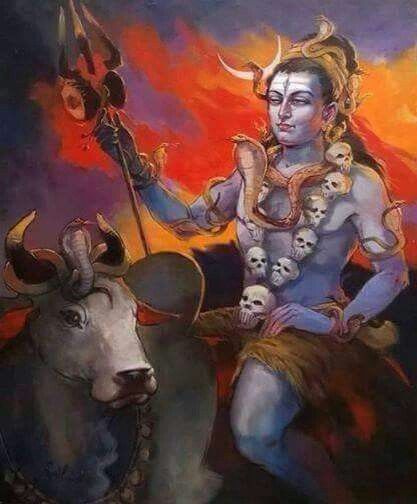 The physical creation – all that we can see, hear, smell, taste, and touch – the very body, the planet, the universe, the cosmos – everything is just a play of five elements. Only with five ingredients, what a magnificent mischief called “creation”! With only five things, which you can count on one hand, how many things are being created! Creation could not be more compassionate. If there were five million ingredients, you would be lost.
The physical creation – all that we can see, hear, smell, taste, and touch – the very body, the planet, the universe, the cosmos – everything is just a play of five elements. Only with five ingredients, what a magnificent mischief called “creation”! With only five things, which you can count on one hand, how many things are being created! Creation could not be more compassionate. If there were five million ingredients, you would be lost.
Read about the Panchabhoota Sthalams.
Gaining mastery over these five elements, which are known as the Pancha bhutas, is everything – your health, your wellbeing, your power in the world and your ability to create what you want. Knowingly or unknowingly, consciously or unconsciously, individual people attain to some level of control or mastery over these different elements. How much control or mastery they have determines the nature of their body, the nature of their mind, and the nature of what they do, how successfully they do it, how far they can see – everything. Bhuta Bhuta Bhuteshwaraya means that one who has mastery over the Pancha bhutas determines the destiny of his life, at least in the physical realm.
Hindu Myths in Which the Ganas Appear
Story of Lord Ganesha
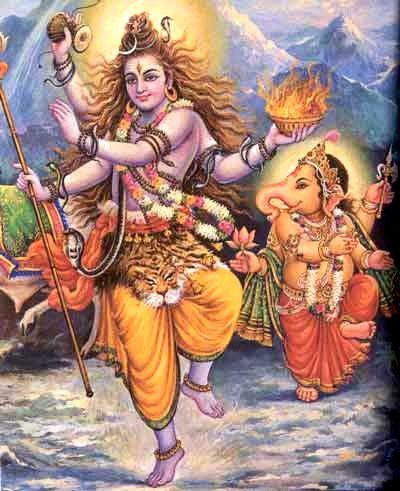
One version of the birth of Ganesha tells of how Ganesha was created by Parvati to act as a dvarlapala – a guardian of her threshold. When Shiva came to his wife’s apartments, not only did Ganesha refuse to admit him, he had the audacity to strike Shiva. Shiva ordered his bhuta ganas to kill Ganesha. Not only did Ganesha successfully oppose the ganas, he also defeated all the gods who came to their help. With the help of Vishnu’s power to create a dazzling illusion, the gods managed to take Ganesha unawares, and struck off his head. Parvati, furious at this, began to fight Shiva herself. Eventually, Parvati agreed to make peace, on the condition that her son would be restored to life. Shiva agreed and ordered the devatas to travel north and bring back the head of the first animal they come across – which happened to be the head of an elephant. Thus Ganesha was restored to life and Shiva, impressed at his fighting prowess, made him chief of his troops, the Ganas.
Story of Jalandhara
In the myth of the Daitya king Jalandhara, Jalandhara sends Rahu with a message to Shiva, demanding that he surrender Parvati to Jalandhara. Shiva was angry at this message, and this anger took the form of a terrible creature which sprang from his brow. It had the face of a lion, flaming eyes, and a body which was dry and rough to the touch, long arms and a tongue which lolled with anger. The creature rushed at Rahu, ready to devour him. Shiva apparently said something along the lines of “we don’t shoot the messenger” whereon the gana pleaded to Shiva that it was tortured by hunger. Shiva told the gana that if it was so hungry, it should eat its own flesh. This the gana did, until only its head was left. Shiva, pleased with such devotion, appointed the gana as his door-keeper, ordering that it create terror for all wicked people. Shiva also ordained that the gana be worshiped along with his worship, and gave it the name Kirtimukha.
Jalandhara was furious when he heard what had transpired and commanded his army of Daityas to besiege Mt. Kailash. A fierce battle broke out between the Daityas and the ganas. But each time that a Daitya was killed, it was revived immediately by their preceptor, Shukra. The ganas told Shiva about this and he was furious. A terrible form called Kritya came forth from his mouth. Her calves were as stout as trees and her mouth was huge and deep like a mountain cavern. She rushed upon the battlefield and began to devour the enemy. She was so big and strong that a push from her breasts uprooted trees and the earth split beneath her feet. She picked up Shukra, stuffed him into her vagina, and vanished. When Shukra was seized, the Daityas were frightened and were scattered from the battlefield.
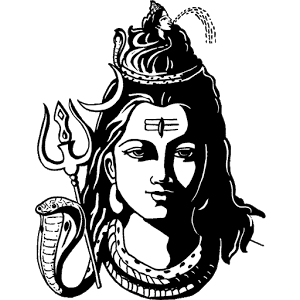
Other Lord Shiva Articles You May Like

